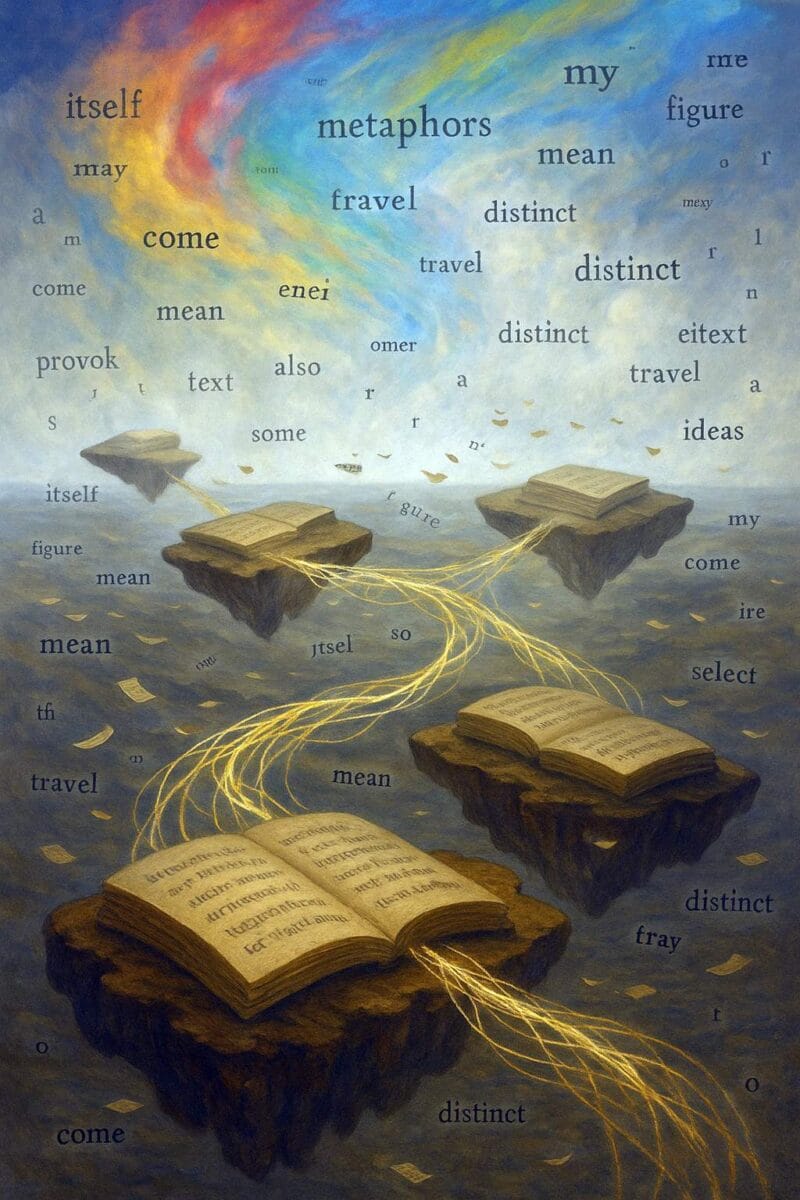In literature, foil characters are often unsung heroes, serving as a literary device that offers readers a unique perspective on the protagonist and the story’s broader themes. A foil character is typically a secondary figure whose traits sharply contrast with those of the main character, highlighting key qualities. Recognizing and interpreting these contrasts can deepen the reader’s appreciation and enjoyment of the story.
From Sherlock Holmes and Dr. Watson to Shakespeare’s many creations, examples of foils abound in literature, shaping the dynamics of stories in unexpected ways. By placing these contrasting characters side by side, authors are able to highlight unique attributes, making their fictional creations more vivid and engaging.
Exploring the use of foil characters reveals the intricate craft of character development. It requires identifying distinctions that may not be immediately obvious but are significant enough to shape the direction of the story. Readers benefit from recognizing this dynamic, as it enriches the narrative and strengthens the interplay of characters.
Purpose of Foil Characters
Highlighting Contrasts
From a reader’s perspective, foil characters serve a distinct purpose: they highlight specific aspects of the main character by providing a direct contrast. The differences between a foil and the protagonist are not just cosmetic—they reveal deeper truths about the protagonist’s nature. For instance, a protagonist who is calm and methodical may be foiled by a character who is impulsive and rash. This contrast helps readers see, through comparison, the protagonist’s defining traits more clearly.
By illustrating these contrasts, foil characters help reveal deeper layers of both conflict and motivation. This differentiation also aids in understanding why characters behave as they do, thus enhancing the reader’s grasp of the story’s dynamics. Meanwhile, the foil’s role is distinct from that of an antagonist, who actively opposes the protagonist’s goals rather than just contrasting with their traits.
Enhancing Themes
Beyond revealing character qualities, foil characters often enhance the story’s central themes. By contrasting the protagonist’s approach to a situation with the foil’s, readers can gain insight into the moral, emotional, or philosophical underpinnings of the narrative. They can illustrate varied moral or ethical choices and underscore the protagonist’s decisions within the context of the story.
The presence of a foil often adds depth to the narrative’s thematic exploration by drawing the reader’s attention to specific character motivations and consequences. For example, in narratives exploring themes of good versus evil, a foil character might embody qualities that challenge or reinforce these concepts.
This careful balance between characters helps the audience better appreciate the complexities of the main themes woven throughout the story. In this way, foil characters make it easier for readers to grasp the deeper meanings behind the plot.
Common Examples in Literature
Some of the most well-known foil characters in literature appear in stories that focus on complex relationships and moral conflicts. In Mary Shelley’s Frankenstein (1818), Victor Frankenstein and his monstrous creation serve as foils to each other. Where Victor embodies ambition and scientific recklessness, the creature highlights the consequences of unbridled human desire and isolation. Readers see Victor’s hubris more clearly through the lens of his creation’s tragic existence.
In The Great Gatsby (1925), Jay Gatsby and Nick Carraway create a compelling dynamic. Gatsby’s lavish and idealistic personality contrasts with Nick’s reflective and moral nature. Similarly, In Wuthering Heights (1847), Heathcliff and Edgar Linton represent different social and emotional aspects of love for Catherine, emphasizing their opposing temperaments.
Another classic example is the relationship between Harry Potter and Draco Malfoy in J.K. Rowling’s Harry Potter series. While both characters come from similar magical backgrounds, their contrasting personalities and values serve to highlight Harry’s courage and selflessness compared to Draco’s arrogance and sense of entitlement. This contrast not only makes Harry’s qualities more admirable but also adds layers to Draco’s character as readers watch his development unfold.
What Readers Gain From These Contrasts
Readers gain a nuanced view of the protagonist’s attributes when foil characters come into play since the contrast often highlights internal conflicts or core themes embodied by the main characters. For instance, juxtaposing characters in Macbeth (1623), like Macbeth and Banquo, underscores the deceptive and ambitious nature submerged within Macbeth himself, which then becomes pivotal to the narrative.
The use of foil characters, such as Elizabeth Bennet and Mr. Darcy in Pride and Prejudice (1813), encourages reflection on personal assumptions and judgments. Their contrasting initial perceptions also drive the plot forward, showcasing the transformations each character undergoes. These comparisons enrich the narrative dynamic, offering a sharper understanding of the story’s thematic goals.
Foil characters offer more than just an intriguing narrative twist—they provide an opportunity to see the main character and the story’s themes through a new, illuminating perspective. By emphasizing contrasts, foil characters help readers grasp key traits, conflicts, and values that might otherwise go unnoticed.
Whether you’re reading a classic like Frankenstein or a modern tale like Harry Potter, identifying foil characters can deepen your connection to the story and enrich your overall understanding of its messages. By presenting an alternative set of values or responses, foils encourage readers to ask themselves which character they identify with or agree with more.
Further Reading
Antagonists and Character Foils: A Case Study of Haikyuu!! by Jorja Ayres, Polka Dot Pens
What makes for a good ‘foil’ character? on Reddit
What is the main purpose for including a foil in a story? on Quora




